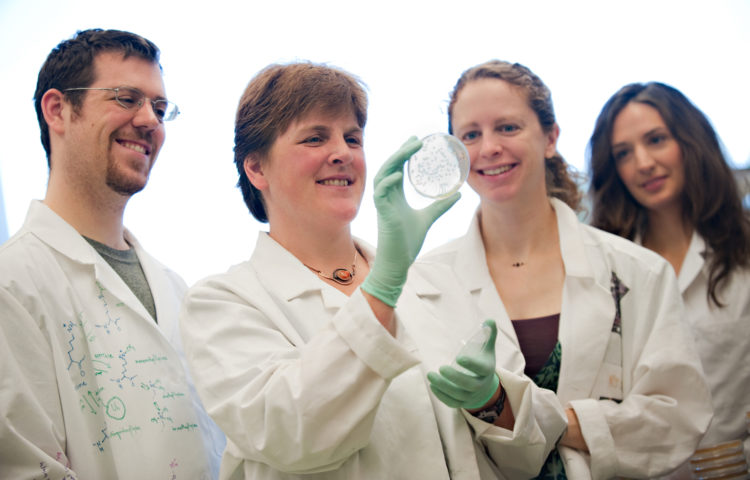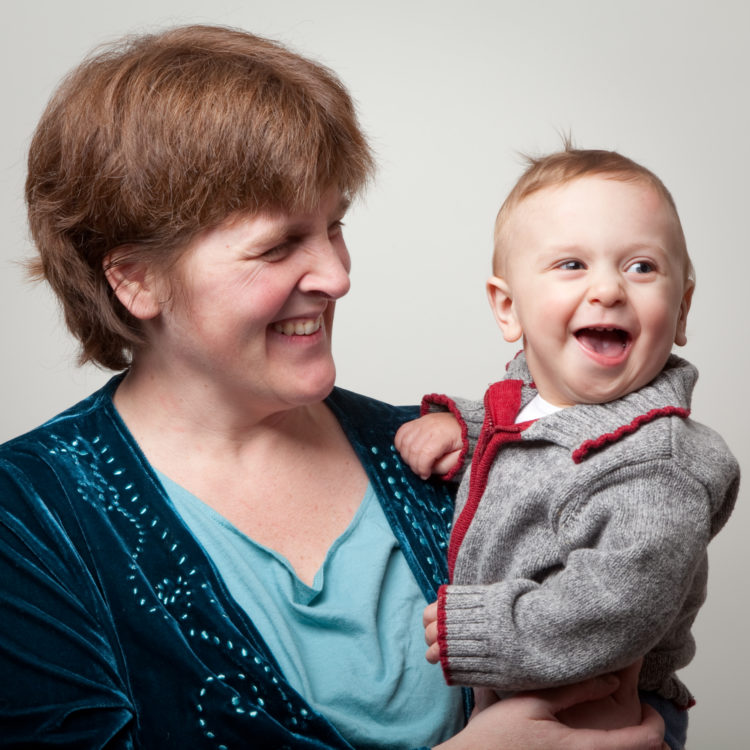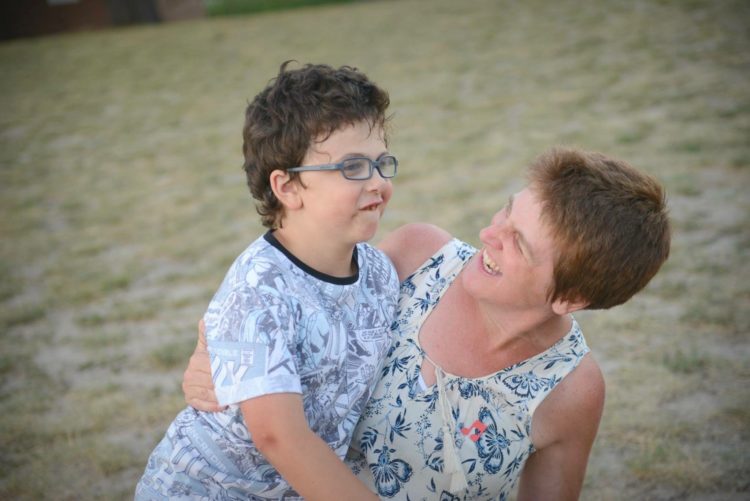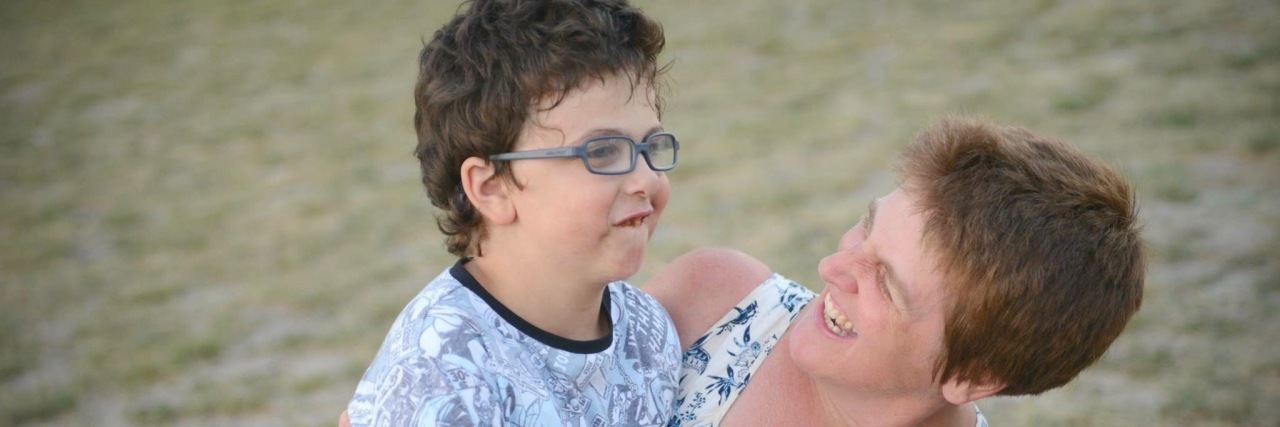I never thought my career path would prepare me this way for motherhood.
From early on, I knew I wanted to be a biologist. I quickly discovered that I was most interested in genetics, and in cells and molecules…so I became a molecular and cell biologist, specializing in epigenetics. I followed my interests along the circuitous path that scientific inquiry tends to take, until I found myself studying the role of a gene called BAZ1B, that encodes a very interesting protein called the Williams Syndrome Transcription Factor (WSTF). “What is Williams syndrome?” I asked myself, and starting reading about it. I learned that Williams syndrome (WS) is a rare genetic syndrome that is present in approximately one in 8,000 births, that it is caused by the loss of 26-28 genes on one copy of the seventh chromosome (leading to its less catchy formal name, 7q11.23 deletion syndrome), that at least 75 percent of children with WS have cardiovascular defects ranging from mild to severe and life-threatening, a host of developmental and health challenges—and extremely friendly and outgoing personalities.

I read the scientific literature and thought “What a fascinating syndrome.” Then I found the website of the Williams Syndrome Association (WSA), looking for photos to illustrate the common facial features that are also a hallmark of WS, and thought “Wow, those kids are adorable!” Then I was off to the lab with my students, studying how WSTF is needed for the early development of the brain and other tissues, how it might contribute to the complex clinical picture of WS. We studied WS for several years and were getting exciting results, but my own time on the research was soon becoming balanced by the time spent with my first son, who was giving me a challenging start to motherhood.

I had Rhys in 2009, and he greeted the world with big surprised blue eyes and nine months of terrible colic. Soon, we were encountering health issues and missed milestones. Eventually, we did genetic testing and were given a diagnosis of WS when Rhys was 19 months old. No, I didn’t diagnose him—in fact, while I knew something was going on, I eliminated WS as a possibility early on. In my defense (and in defense of the first geneticist to see him, who also missed it), Rhys did not have the classic features of most kids with WS, and—luckily!—his heart defect is mild enough that it was not recognized early—so two features most likely to suggest a WS diagnosis were absent.
But it was WS. A geneticist called me with the results and got as far as “We found a deletion on chromosome 7,” when I interrupted with “Are you kidding? It’s Williams?” She was surprised that I knew what she was going to say, but that was nothing compared to my shock. The coincidence was mind-boggling. I entered into the WS community with the unusual perspective of a deep understanding of the genetic basis of WS, of the current research—but new to the world of early intervention, IEPs, speech therapy, occupational therapy, etc.
And thus I found myself back on the WSA webpage, now as a parent, trying to understand the new circuitous path I would be following with Rhys. Every two years, the WSA hosts a professional conference for researchers who study WS, linked to a family convention that brings together individuals with WS and their families for education, support and social connections. At the WSA convention in Boston in 2012, I gave a talk on my research for the WS professional conference, then attended the convention with my family—and it was life-changing. I’ll never forget my first time seeing so many individuals of all ages with WS, so many different life paths—and the feelings of connectedness and shared experience.
While having a child with WS gives me plenty to worry about—a heart defect that can worsen with time, an increased risk of life-threatening complications from anesthesia, anxiety, learning challenges—standing in a group of individuals with WS is like being in a cloud of joy that makes all the worries easier to bear.
Rhys and his little brother will follow their own winding paths, and I can’t wait to see who they each become and what they choose to do. I’m sure they’ll have plenty of surprises for me—but they’ll be hard-pressed to top that first big one.

This story originally appeared on WilliamsSyndrome.Org

